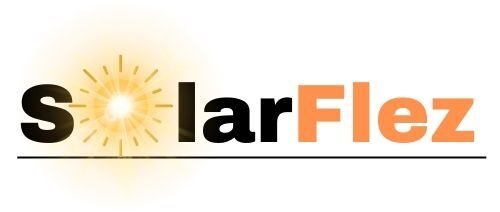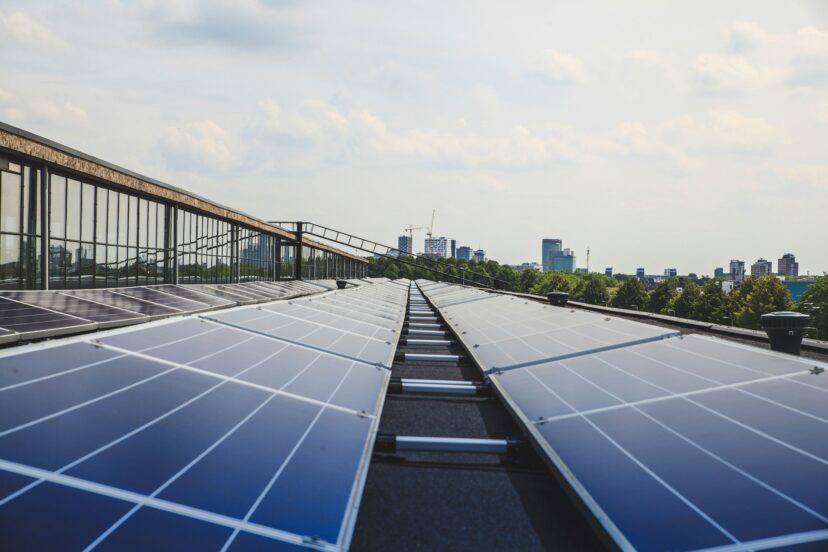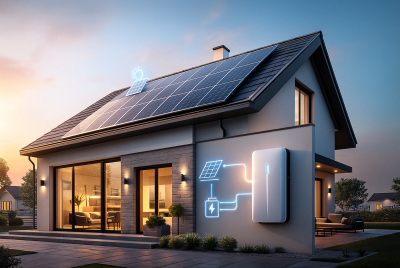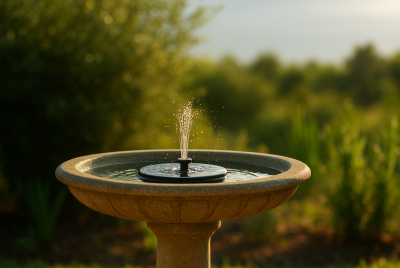The Economics of Solar Power: Is It Really Affordable?
These days, solar energy is widely available. Isn’t it beginning to seem like the sun could power the entire planet, from rooftops to massive solar farms? However, the crucial question is whether solar energy is truly within the means of the typical individual. Are the wealthy and environmentally conscientious the only ones who should make the leap, or does it make sense? Let’s get started and find out if most of us can truly afford solar electricity.
What Is Solar Power?
Let’s begin with the fundamentals. The energy we obtain from the sun is known as solar power. Solar panels, which turn sunlight into electricity, are used to capture it. It’s similar to receiving free energy directly from the sky, but without the potential harm that other energy sources may do to the environment. Quite awesome, isn’t it?
How Solar Power Works
How does this magic occur, then? Photovoltaic cells are what solar panels utilize to capture sunlight. When sunlight strikes these cells, which are composed of silicon and other components, an electric current is produced. It’s similar to converting sunlight into electricity for your household equipment. Isn’t it cool?
The Upfront Costs of Solar Power
Let’s now discuss the true cost of solar energy. The upfront cost is the real deal here. Depending on your location, the number of panels you want, and the system type you choose, installing solar panels might cost anywhere between $10,000 and $30,000. It’s similar to purchasing a car or making significant home improvements, only you’re paying for clean energy that lasts for decades rather than gas or electricity.
Government Incentives and Tax Credits
There’s some good news before the price tag scares you away: you don’t have to pay for everything yourself. The cost of switching to solar energy can be significantly reduced by government subsidies. For instance, you can deduct 30% of the cost of installing solar panels from your federal taxes in the United States thanks to a program known as the Investment Tax Credit (ITC). Therefore, after tax benefits, your $20,000 system might only cost $14,000. It’s similar to a huge sale, only for your energy costs going forward.
The Hidden Costs of Solar Installation
It’s not all sunshine and rainbows, though. There are a few hidden costs you should know about. If your roof is old or doesn’t have enough support for solar panels, you might need to replace it before installation. That’s an extra cost that could run into the thousands. But the good news? These hidden costs are usually one-time expenses, and the long-term savings make up for it.
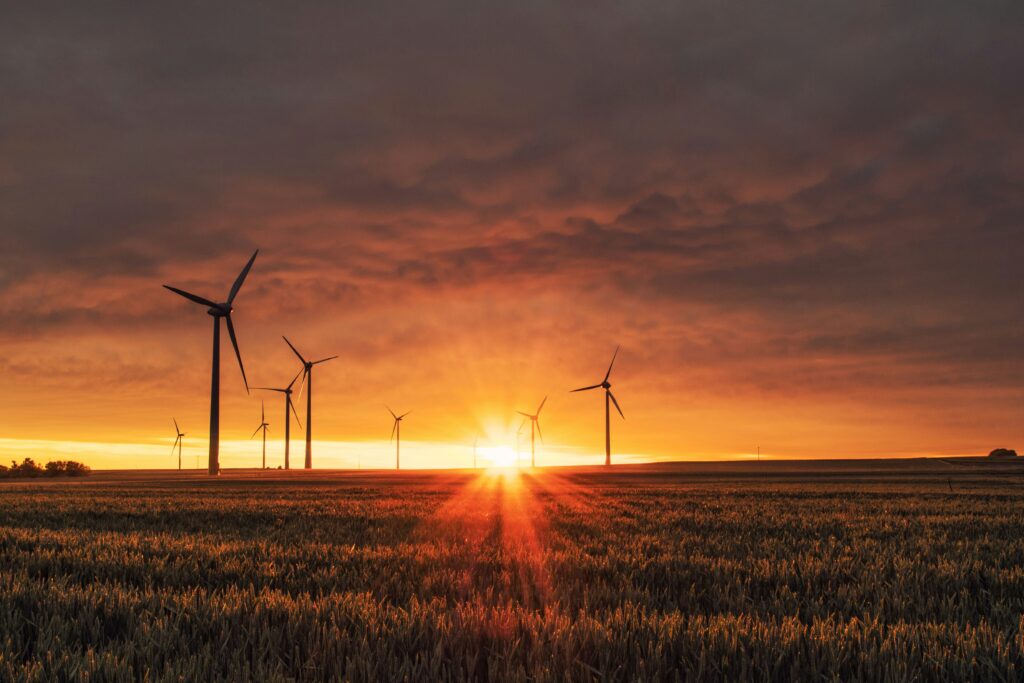
Solar Power Is Cheaper Than You Think Over Time
Let’s flip the script a bit. Solar power might actually save you money in the long run—a lot of it. Sure, the upfront cost might feel like a punch in the gut, but once the panels are up and running, your electricity bills can drop significantly. If your system generates more electricity than you use, you might even get a credit on your bill, which is like a little bonus for going green.
Long-Term Savings: How Much Can You Save?
You might be wondering, how much will I really save over time? Well, here’s the deal. Let’s say you’re currently paying $100 per month for electricity. In 30 years (the typical lifespan of solar panels), you could save around $36,000. That’s a pretty sweet deal, especially when you think about how much electricity prices are likely to go up. Going solar is like getting a financial cushion against rising energy costs.
The Role of Net Metering
Now, here’s a neat little trick that makes solar power even more affordable: net metering. This system lets you send any extra electricity your panels generate back to the grid. In return, you get credit on your utility bill. With just your solar panels doing the labor, it’s similar to having a second business. You get rewarded for going above and beyond, which makes your investment in solar power even more worthwhile.
Solar Power in Different Regions: Is It Equally Affordable Everywhere?
Here’s the thing about solar power: it’s not always equally affordable everywhere. If you live in a sunny state like California or Arizona, your panels will generate a ton of power and help you save even more money. But if you’re in a region that’s cloudy or rainy most of the time, your solar panels won’t work as efficiently. In those places, you might not save as much, making it a trickier investment. It’s like buying a winter jacket in the desert—it’s just not the best match.
Solar Power as an Investment
Think of solar panels as a long-term investment. Just like buying a house or stocks, you’re putting money in now for bigger returns later. Over the next 25 to 30 years, you’re not just paying for power; you’re building equity in your energy future. It’s a bit like planting a tree—you’re not going to see the full benefits overnight, but over time, it will grow into something valuable.
Financing Options for Solar Panels
If the upfront costs have you sweating, don’t worry. There are plenty of financing options that make solar panels more affordable. Some companies offer loans, leases, or even power purchase agreements (PPAs). With these plans, you can install your solar system with little or no money down and pay for it over time. It’s like getting a new phone and paying for it in installments. You still get the benefit now, just without the immediate price shock.
The Environmental Benefits: Beyond Money
Of course, solar power isn’t just about the dollars and cents. There are also massive environmental benefits. By switching to solar, you’re reducing your carbon footprint and helping to fight climate change. It’s like buying a reusable water bottle instead of a plastic one. The more people who make the switch, the bigger impact we have on the planet’s health.
The Decreasing Cost of Solar Panels
One thing that’s really encouraging is that the cost of solar panels has dropped drastically in recent years. Technology is improving, manufacturing costs are going down, and more companies are entering the market. It’s kind of like how smartphones got cheaper and better over time. Solar energy is no longer just a luxury for a select few; it’s becoming more accessible to the masses.
Solar Power: The Way of the Future
Looking ahead, solar power is the future. Experts predict that in the next few decades, solar energy could become one of the primary sources of electricity for the world. By investing in solar now, you’re not just saving money; you’re making a smart move for the planet’s future. You’re part of a bigger picture, helping to reduce our reliance on fossil fuels and transition to a cleaner, more sustainable world.
The Economics of Solar Power: Key Takeaways
So, after all this, is solar power affordable? Yes, however there are certain restrictions. It may take a chunk of money upfront, but with government incentives, long-term savings, and the environmental benefits, it can be a game-changer. If you live in the right area and take advantage of financing, solar power could be one of the best investments you make.

Recommended Solar Power Products
If you’re looking to dive into solar power, here’s a list of products that can help you harness the sun’s energy in different ways. Whether you need portable charging, a full solar panel kit for your home, or a backup power system for outdoor adventures, these products have you covered.
1. BLAVOR Solar Charger Power Bank 10,000mAh
This compact and portable solar charger is perfect for on-the-go energy needs. With its 10,000mAh capacity, 20W fast charging, and dual flashlights, it’s ideal for outdoor activities like hiking or camping. Stay powered up even when you’re miles away from an outlet.
2. ECO-WORTHY 200 Watts 12 Volt/24 Volt Solar Panel Kit
A complete solar panel kit for off-grid applications such as RVs, boats, and cabins. It features high-efficiency monocrystalline solar panels and a charge controller, making it a reliable power source wherever you need it most.
3. ZeroKor 300W Portable Solar Generator
This solar generator is a great solution for powering small electronics while camping or during emergencies. It comes with a 60W solar panel and can charge everything from smartphones to laptops, offering a convenient portable power source.
4. ECO-WORTHY 10.7KWH 2340W 48V Solar Power System
If you’re looking for a complete off-grid solution for your home, this solar power system is a great pick. It comes with solar panels, an inverter, and batteries, giving you everything you need to power your appliances without relying on the grid.
5. MARBERO Portable Power Station 88Wh
Lightweight and efficient, this portable power station is perfect for charging your devices during short trips or outdoor adventures. Its ergonomic design makes it easy to carry around, and it’s a great tool for staying charged when you’re away from home.
The Economic Potential of Solar Power
Solar power has become increasingly viable due to technological advancements and supportive policy frameworks. According to a McKinsey & Company report on the economics of solar power, solar energy is predicted to become cost-competitive with fossil fuels in certain regions by the next decade, driven by reductions in costs and increased demand for cleaner energy sources (read the full McKinsey report). Additionally, a comprehensive review from the Oxford Research Encyclopedias outlines how solar energy contributes to reducing greenhouse gas emissions and local air pollution, despite its initial installation costs. This study also highlights the economic benefits of solar power adoption, both at the household and global levels (explore the Oxford review).
Summary:
Solar power is more affordable than you might think, especially when you factor in long-term savings, tax breaks, and government incentives. Though the initial costs can be high, the benefits—both financial and environmental—make it a smart investment. Plus, the cost of solar panels keeps dropping, making it even more accessible for homeowners. So, is it affordable? If you plan it right, absolutely.
FAQs:
- What are the upfront costs of solar power?
It can cost anywhere between $10,000 and $30,000, depending on your system size and location. - Can I really save money with solar power?
Yes! Over the years, you can save thousands, and in some cases, eliminate your electricity bill completely. - Is solar power affordable for everyone?
While it might seem expensive at first, tax credits and financing options make it more affordable for many homeowners. - How long do solar panels last?
Solar panels last about 25 to 30 years, giving you decades of savings and reliable energy. - What is net metering?
Net metering allows you to send extra electricity back to the grid, earning you credits to reduce your energy bill.
